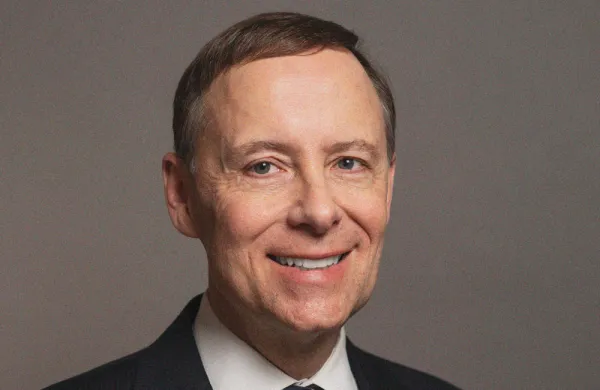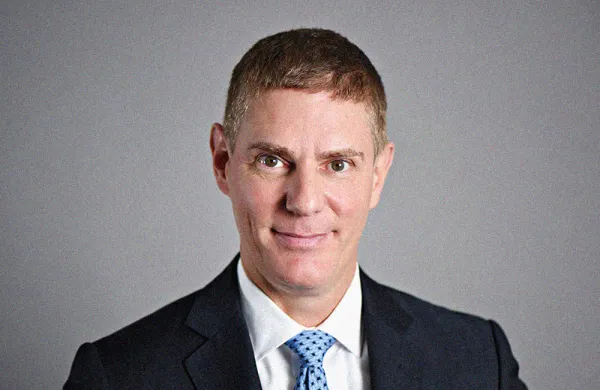Just under a year after chief executive officer Jim Keohane announced his retirement from the Healthcare of Ontario Pension Plan, the fund has appointed a new CEO.
Jeff Wendling, HOOPP’s chief investment officer and executive vice president, has been promoted to the role of CEO and will take the helm on April 1, HOOPP announced Tuesday.
Wendling is taking on the role as increasing volatility has hit the markets, with major indexes sliding roughly 7 percent on Monday before bouncing back somewhat on Tuesday.
“Right now, there are obviously some challenging times in the markets,” Wendling said by phone on Tuesday. “It's important for us to weather this current period as we’ve done through other crises in the past.”
Wendling has quite a bit of experience managing market ups and downs. He joined HOOPP as a senior portfolio manager on the public equities team in 1998, according to the pension plan’s announcement.
He will succeed Keohane, who had worked as the plan’s CEO since 2012. Keohane joined the pension plan in 1999 as an equity trading manager, according to last year’s retirement announcement.
HOOPP will be launching a search for a new CIO soon, but in the meantime, Wendling will continue to work in that role in addition to his responsibilities as CEO and president, he said on Tuesday.
HOOPP, which manages C$79 billion in assets (US$57.4 billion), divides its investments into two portfolios: a liability hedge portfolio, which includes bonds and real estate and aims to offset risk, and a return-seeking portfolio, which invests in public and private equities and corporate credit, its website shows.
At the end of 2019 and in the early part of 2020, HOOPP reduced its equity positions, Wendling said. The pension plan also reduced its bond weighting, with Wendling pointing to falling interest rates as a reason to sell.
“When yields get this low, they’re not as effective as a hedge,” Wendling said. He added that the pension plan may increase its public equities holdings at some point.
It’s also looking to boost allocations to private equity. When Wendling became HOOPP’s co-chief investment officer in 2012, the pension plan’s private equity fund managed roughly C$2 billion. During his time as CIO, that allocation grew to C$9 billion, he said.
[II Deep Dive: Allocators Named Their Elite Peers. Here They Are.]
Infrastructure is another area of interest. Wendling said that the pension plan has been hiring investment staff, particularly for its infrastructure program. He added that HOOPP moved a senior person from the private equity team to oversee infrastructure investments.
“It is still a relatively small investment team,” Wendling said. “There's a lot of opportunities for folks to come in here. We're sort of a smaller plan and we definitely do not take a bureaucratic approach.”
Wendling said he expects HOOPP’s assets under management to grow to over $100 billion over time.
“The challenge is to continue to find investment opportunities to meet the pension’s size,” Wendling said. “That means looking at new investment programs, new strategies, and looking more broadly geographically.”
As for how HOOPP is coping with global concerns over coronavirus? According to Wendling, the office has the capability for folks to work from home, and some already are.







